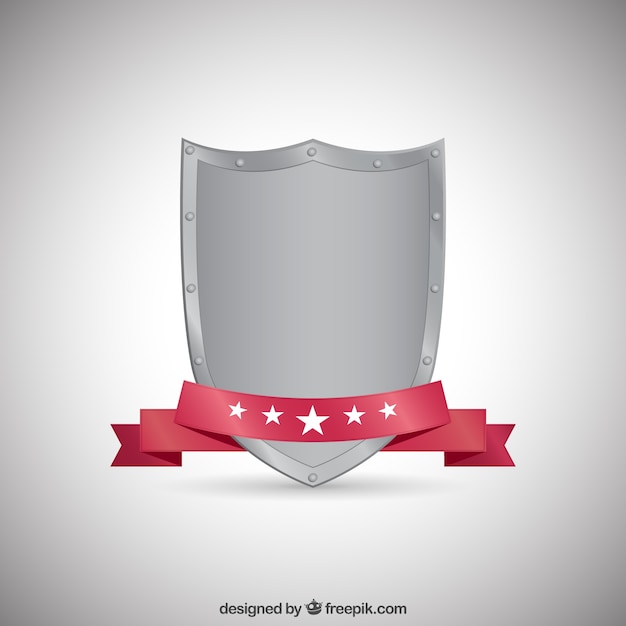

Because the coats-of-arms were recorded by people called ‘heralds’, the subject came to be called ‘heraldry’. In order to prevent such mix-ups, the king created people called ‘heralds’ whose job was to write down and record the different coats-of-arms. Soon every knight had a coat-of-arms and there were so many that some accidentally used the same designs. Heraldry became popular among the knights on the crusades - along with the idea of chivalry. The first English Royal Coat of Arms was created in 1154 under Henry II.

The same shield design is found on the tomb effigy of his grandson, William Longespée, 3rd Earl of Salisbury. The earliest recorded use of heraldry in Europe is on the tomb of Geoffrey V, Count of Anjou (died 1151). This was especially important because in a battle, a soldier could look about and see where he was and where the enemy were. Many also put their emblems onto leather jerkins to act as uniform for their own soldiers. Knights also started to use these designs (which were known as ‘devices’) on their flags. Because of this, these designs on the surcoats came to be called ‘coats-of-arms’. These emblems were put onto the knight’s shields and also onto their surcoats – the long flowing coats they wore over their armour (which helped keep the armour clean and the knight cool in the sun or warm in the rain or cold). In an effort to show who they were on battlefields, the knights began to adopt colourful emblems for themselves. How Did Knights Tell Each Other Apart? Heraldryĭuring the Middle Ages, knights realised that one man in a suit of armour looked a lot like another and it was difficult to tell friend from foe.


 0 kommentar(er)
0 kommentar(er)
